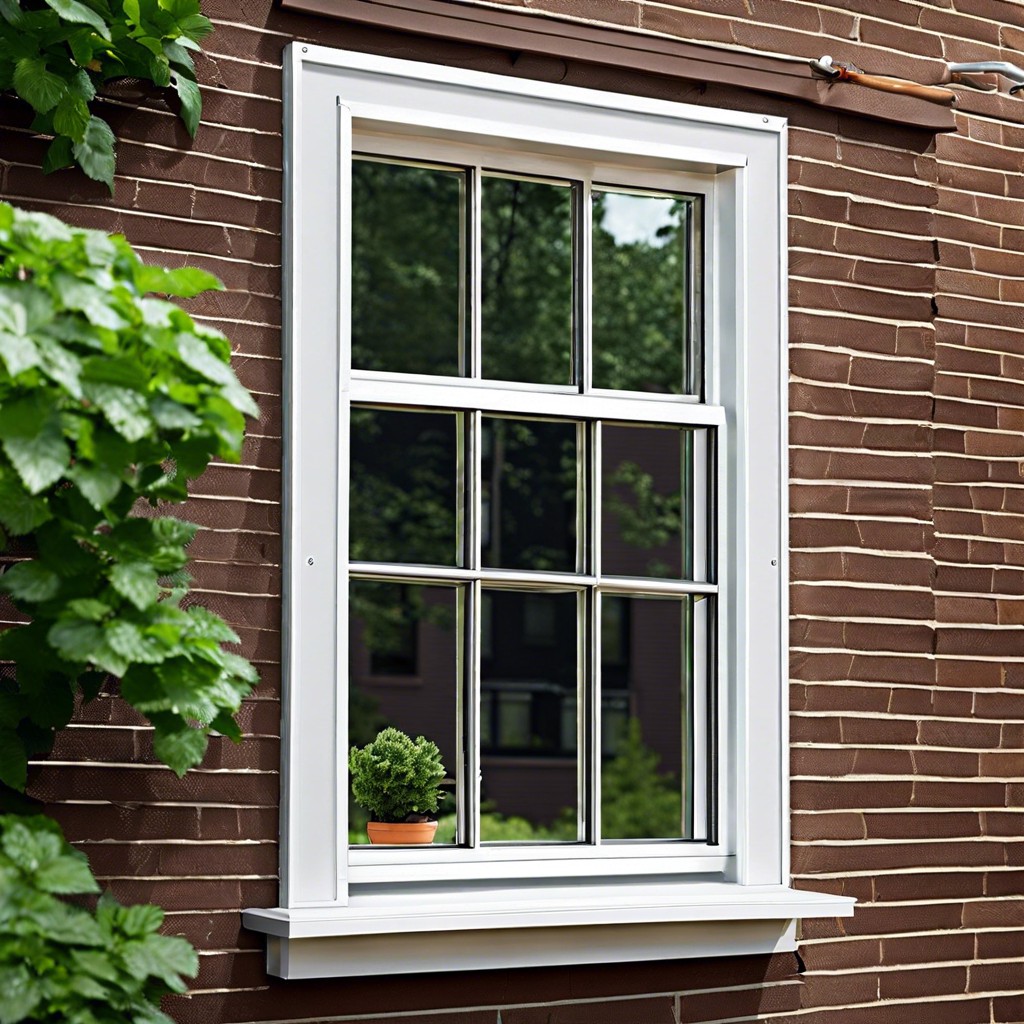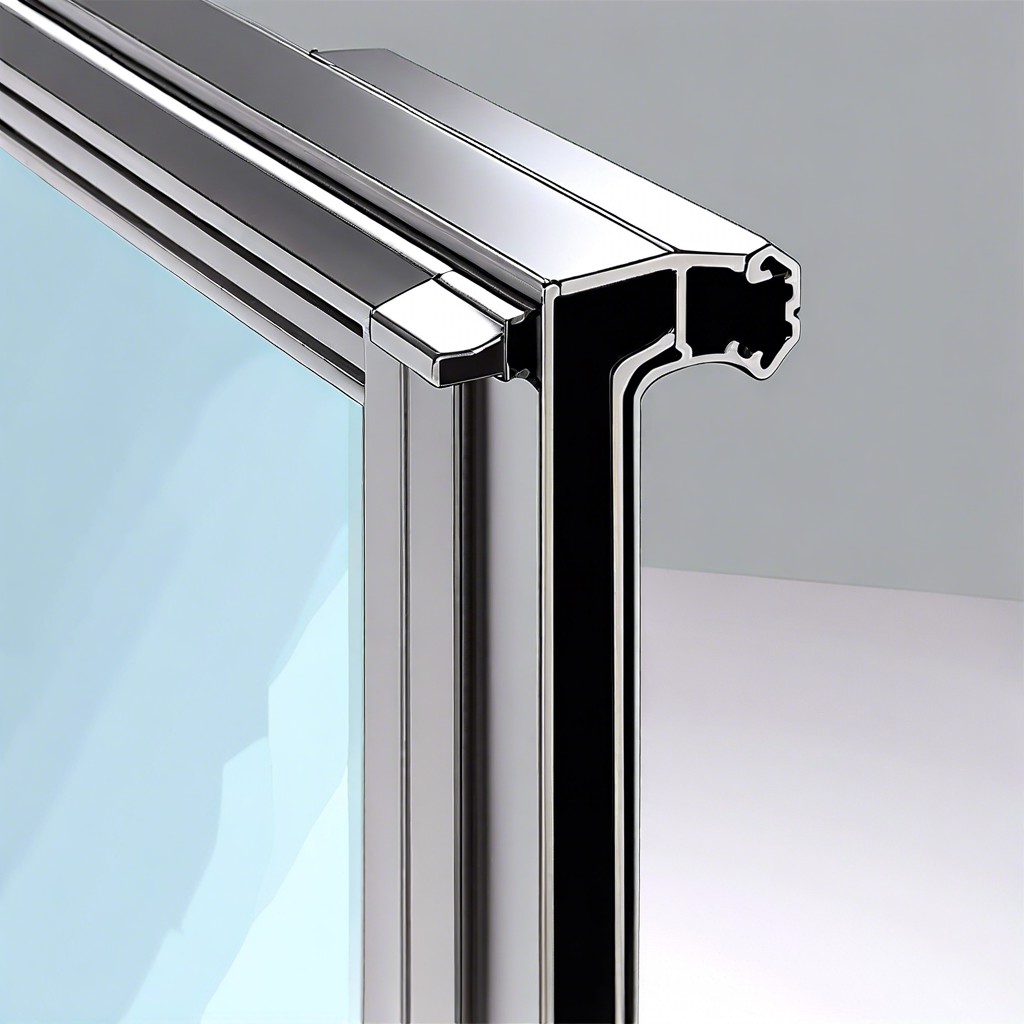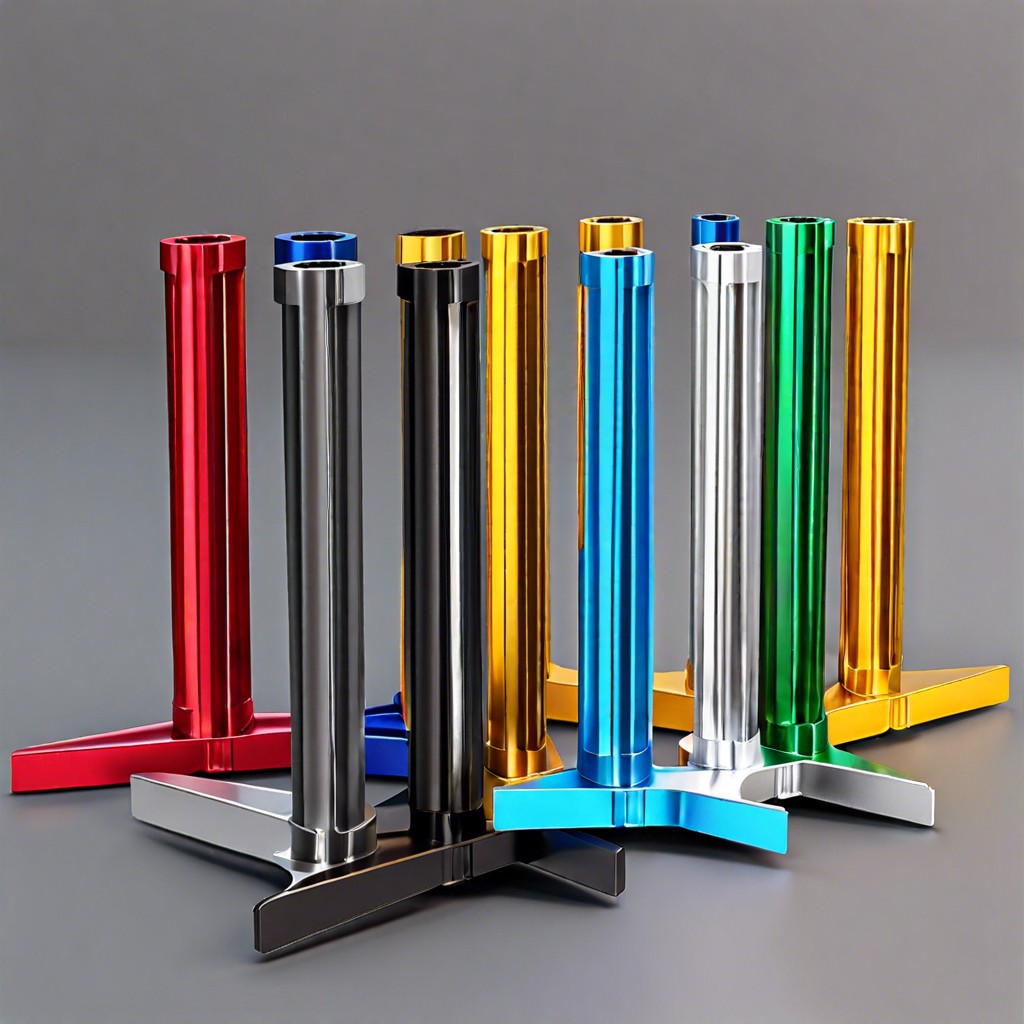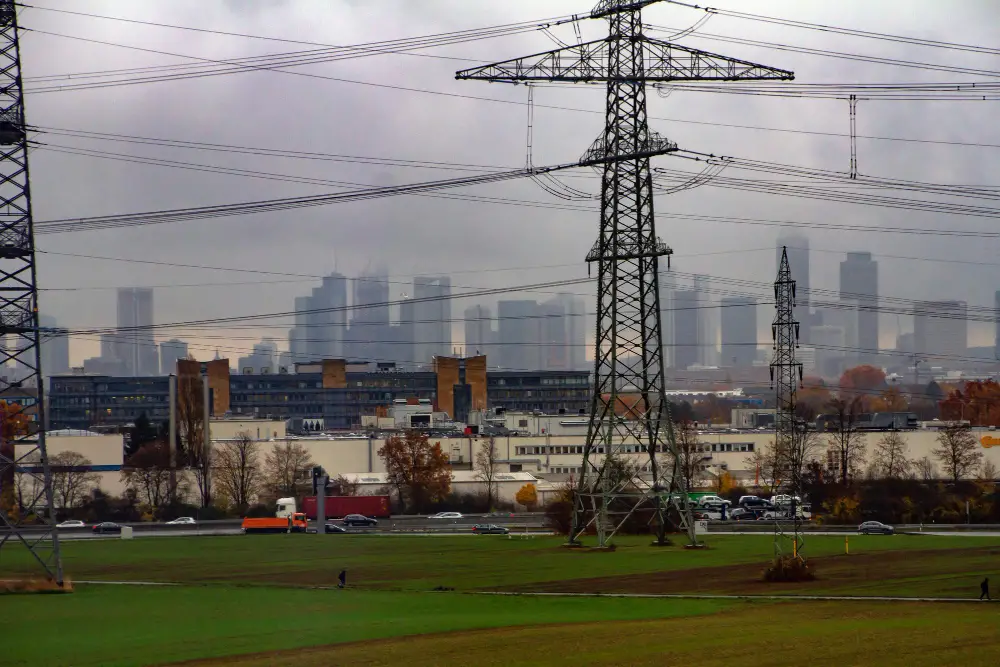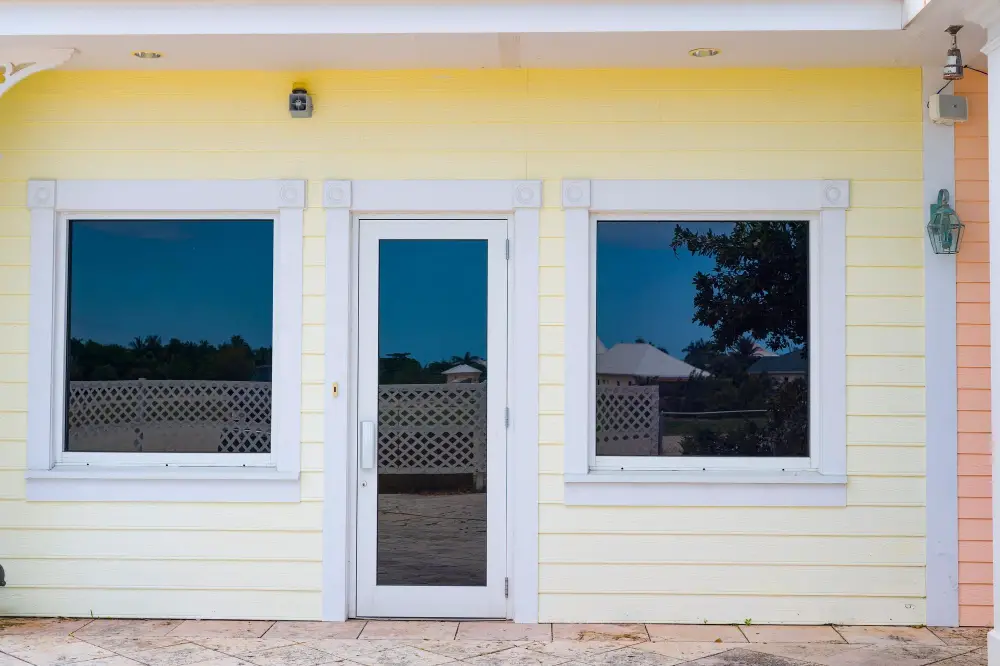Explore the effective ways to block heat from your house windows, enhancing comfort and efficiency in your home.
Window heat blockers, or solar window films, are a cost-effective and energy-efficient way to reduce the amount of heat entering your home through windows.
These films are designed to reflect sunlight and prevent heat gain, making your home more comfortable and reducing your reliance on air conditioning.
This article will delve into the various types of window heat blockers, their benefits, installation process, and how to choose the right one for your home.
With a comprehensive guide to understanding and selecting window heat blockers, you’ll be well-equipped to make an informed decision.
Key takeaways:
- Window heat blockers reflect sunlight, reducing heat absorption in your home.
- Types of window heat blockers include solar window films, shades, and tints.
- Benefits of window heat blockers include temperature control and energy savings.
- Window heat blockers provide UV protection and privacy for your home.
- Consider factors such as sunlight exposure and budget when choosing a window heat blocker.
The Science Behind Window Heat Blockers
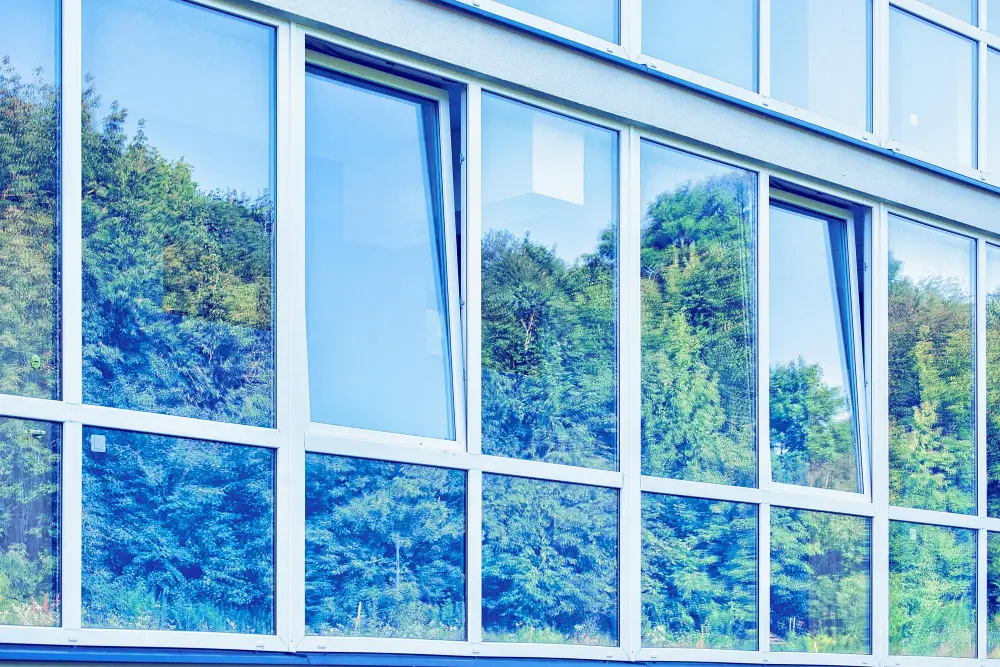
Window heat blockers come into play to thwart the greenhouse effect that kickstarts when sunlight enters through a window. These blockers comprise a special type of material or film designed to reflect sunlight, thus reducing heat absorption. Understanding its working process involves grasping a few core ideas:
Solar radiation hits the window in three forms: ultraviolet (UV) light, visible light, and infrared (IR) light. Heat blockers mainly target UV and IR lights, as they are the primary sources of heat.
The window heat blocker essentially acts as a mirror for the UV and IR lights. When light hits the window, a significant portion of it is reflected back. The remaining light that passes through is considerably less potent.
Window heat blockers also exist in the insulator form. These blockers have a very small layer of metal within them, which, combined with gases trapped between double or triple panes, reduces the amount of heat that passes through.
These blockers prevent solar heat gain by working in tandem with the existing insulation of the window. As a result, the inner ambiance of the house is not affected by the exterior heat and sunlight.
In cold weather, insulating window films act conversely, retaining interior heat by stopping it from escaping through the window.
Understanding these key factors helps to make an informed decision when selecting and purchasing a window heat blocker.
Different Types of Window Heat Blockers
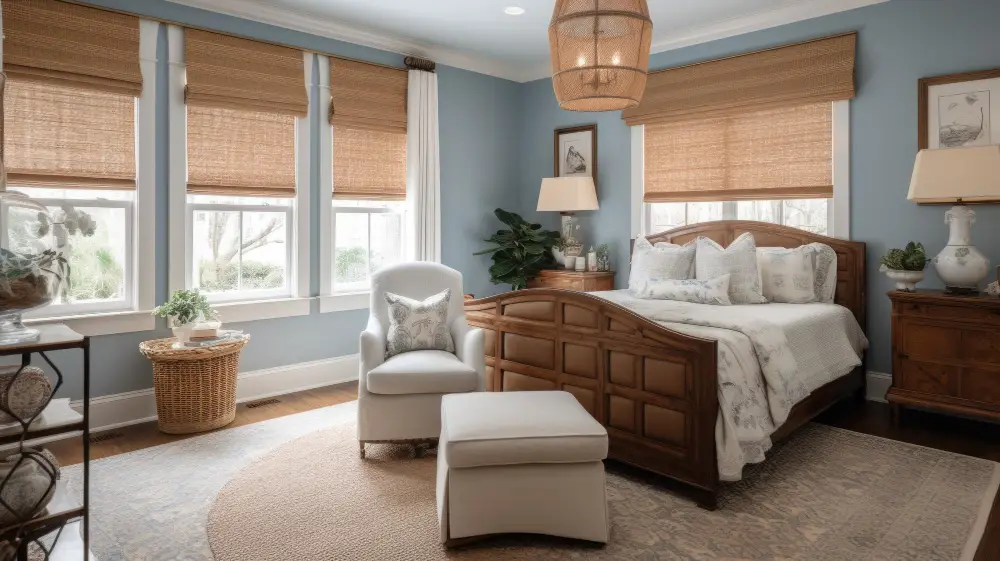
There are three main types of Window Heat Blockers that effectively prevent excessive sunlight from entering your home and causing indoor temperatures to rise.
Solar Window Films: These are thin, transparent sheets that are applied to the inner surface of windows. They work by reflecting, absorbing, and/or scattering sunlight to reduce the amount of heat that penetrates the interior of the house.
Window Shades or Blinds: Perfect for not only providing privacy but also blocking off sunlight, these are available in a variety of materials such as fabric, wood, metal, and plastic. Some come with reflective backing to further enhance their heat blocking capabilities.
Reflective Window Tints: Similar to solar window films, these tints have light-reflecting properties that help block excessive heat. Unlike solar films, tints may offer a one-way mirror effect, providing privacy during the daytime.
Insulated Window Panes: These are double or triple-layered glass windows with gas-filled spaces in between. They act as a barrier between indoor and outdoor temperatures, ensuring the heat stays out in summer and in during winter.
When deciding on the type of heat blocker to install, consider factors such as the direction your windows face, the climate of your location, and your personal preference for light control and privacy.
Advantages of Using Window Heat Blockers
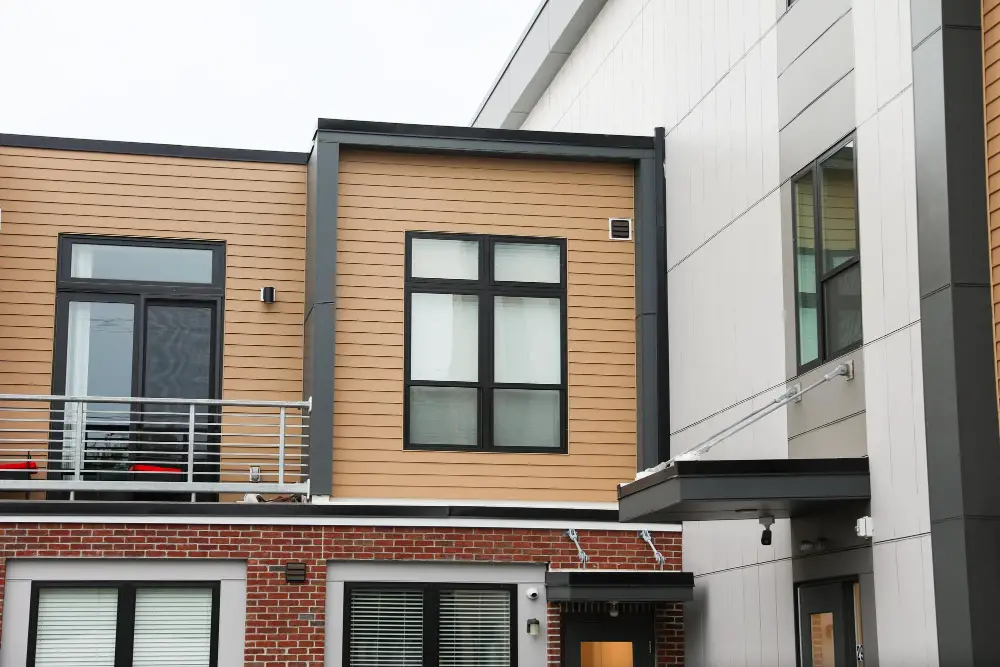
Window heat blockers are more than a home improvement investment. Offering a plethora of benefits, these window accessories directly contribute to several aspects of your living environment.
High on the list of benefits is temperature control. Window heat blockers significantly reduce the amount of sunlight entering the house, thus maintaining a cooler indoor temperature. This is particularly advantageous during the summer months. These films are adept at deflecting heat and reducing uncomfortable hot spots in rooms with large or numerous windows.
A reduction in energy bills is another substantial advantage. By controlling the temperature, these films also decrease the reliance on air conditioning. This energy efficiency factor can save homeowners a considerable amount on their utility bills in the long run.
Furthermore, window heat blockers shield your furnishings from the damaging effects of the sun. UV rays can cause damage to furniture, curtains, carpets, and artworks; window heat blockers filter out these rays, prolonging the lifespan of your interior belongings.
The privacy offered by window heat blockers is also worth mentioning. Many of these films are designed to allow visibility from the inside while limiting the view from outside, contributing to your home’s privacy.
Finally, these films are a cost-effective solution compared to installing new, heat-control windows. They’re easy to apply, without the need for a complete window overhaul. There’s a wide range of options available, catering to various budgets and aesthetic preferences.
In summary, the use of window heat blockers can lead to energy efficiency, privacy, UV protection, temperature control, and a decrease in sun damage — all while remaining a cost-efficient option for homeowners.
Impact of Window Heat Blockers On Energy Efficiency
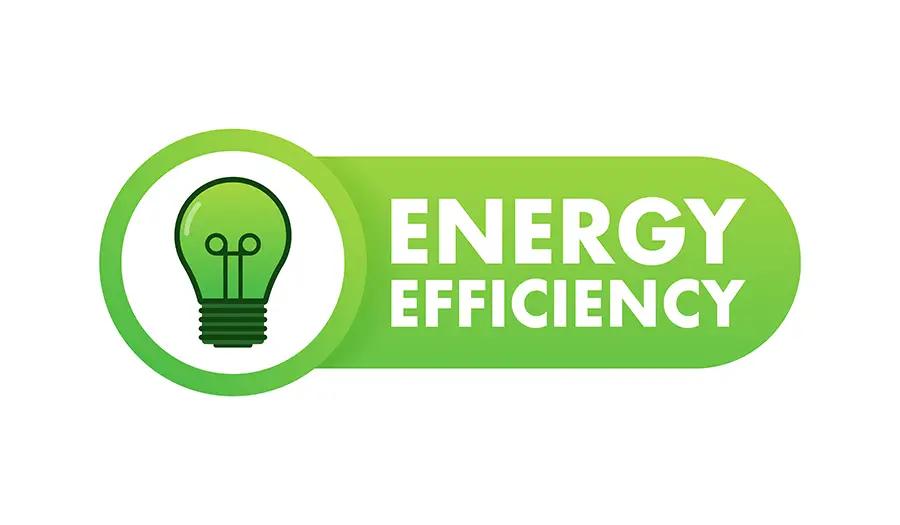
Window heat blockers can significantly affect energy efficiency through a process called heat gain and loss reduction, the principle upon which they function. Essentially, they limit the amount of heat that enters or exits your home through the windows.
- They reduce solar heat gain: By blocking a portion of the sun’s rays, window heat blockers can limit solar heat gain, particularly during sweltering summer months. This means you’ll use less energy for air conditioning.
- They prevent heat loss: In the colder months, these heat blockers can prevent warmth generated inside the home from escaping through the windows, resulting in reduced heating costs.
- They protect against UV radiation: The UV component of sunlight can fade your home’s interiors over time. By filtering UV radiation, window heat blockers not only protect your interiors but also reduce the need for light bulb usage during the day.
- They are better at insulating: Window heat blockers, particularly those with low-emissivity layers, add an extra insulating layer to your windows that boosts energy efficiency.
By improving energy efficiency, window heat blockers offer both environmental benefits and cost savings on utility bills. Bear in mind, the specific impact will vary depending on factors like your local climate, the size of your windows, and the type of heat blocker installed.
Cost Range for Window Heat Blockers

Commonly, window heat blockers can be split into two categories: low-cost and high-end, each providing different levels of performance.
Low-cost window heat blockers typically range from $15 to $50. These are generally adhesive or static cling films that are easy to install. The initial low cost is appealing, although they may lack some advanced heat blocking features found in higher-priced options. They may also have a shorter lifespan requiring more frequent replacement.
High-end heat window blockers can range from $50 to upwards of $100. They provide superior heat blocking capabilities, often cutting down solar heat gain by up to 80%. This category also includes advanced features like UV protection and increased privacy. Their higher price tag often reflects improved durability and lifespan, requiring less frequent replacement.
Consideration should also be given to installation costs. Whilst many heat blockers are easy enough to install DIY-style, there still may be an associated cost for tools or professional installation, especially for larger window spaces.
Remember that while the initial outlay may be more for a high-end heat blocker, the potential savings in energy costs and increased comfort can result in higher overall value.
Next, let’s take a look at some leading brands providing these window heat blockers.
Top Brands of Window Heat Blockers: BuyDecorativeFilm, HIDBEA, Gila, D-c-fix
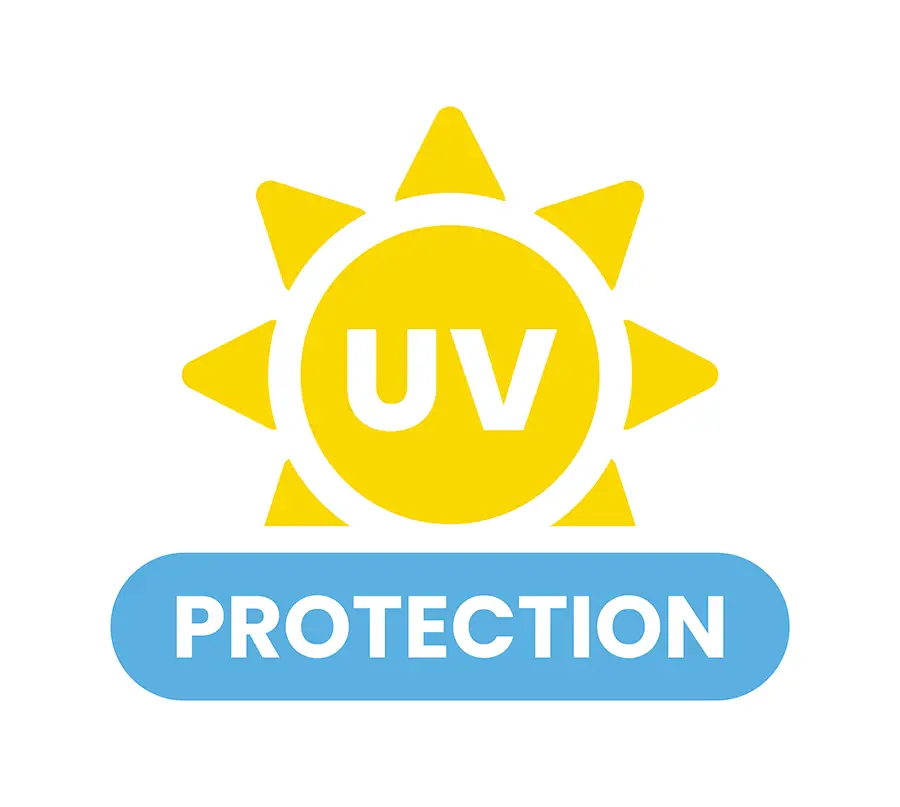
BuyDecorativeFilm stands out for its wide range of products, suitable for diverse window heat blocking needs. Particularly noteworthy is their Silver series, an effective solution for high heat-rejecting properties.
Moving on to HIDBEA, their heat-blocking window film stands tall by providing excellent UV protection coupled with superior privacy features. This brand is an optimal choice if those are your primary concerns.
Gila, another reliable brand in the market, offers films that not only block heat but also cut down on glare, resulting in a more pleasant indoor environment. Gila films have a robust adhesive that ensures longevity.
Lastly, d-c-fix is popular for combining functionality with aesthetics. Their heat blocking films are available in a plethora of designs, so there’s one for everyone, irrespective of your style preference. They’re also easy to apply, which makes them a favorite among DIY enthusiasts.
While considering these brands, it’s important to take into account your specific needs and preferences in terms of heat rejection, UV protection, privacy level, and design. Additionally, most of these brands offer user-friendly installation manuals, making application a breeze.
Window Heat Blockers Vs Other Forms of Window Treatments
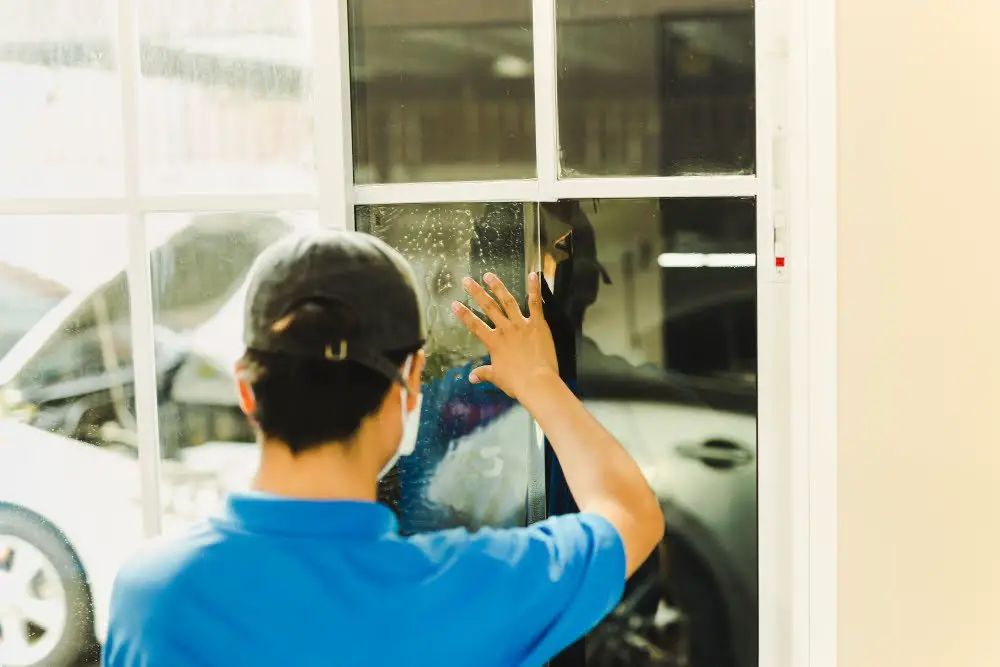
Among various window treatments, heat blocking window films offer unique benefits. First, they significantly reduce the amount of solar heat gained through windows, facilitating a cooler indoor environment. Unlike regular curtains and blinds, they allow natural light to filter in while minimizing heat, thus maximizing daylight use.
Second, they offer UV protection, blocking up to 99% of UV rays, which can fade furniture and harm skin. Traditional window treatments like drapes or blinds do not provide this high-level UV filtration.
Third, they improve privacy without sacrificing the view. Several window heat blockers have reflective surfaces, obscuring sight from the outside during daylight hours. Regular curtains and blinds, on the other hand, require to be fully closed to offer the same level of privacy, thus hindering visibility and natural light.
Fourth, heat blocking films provide glare reduction, a feature not typically offered by standard window treatments. This can increase comfort when watching TV or working on a computer.
Finally, they can contribute to aesthetic value. Some heat blocking window films come in a variety of tints and patterns, offering a stylish alternative to typical window dressings. Remember to choose a film that complements your home’s interior and exterior design.
To benefit from these features, users need to ensure proper installation. This can be done by following the manufacturer’s instructions or hiring professional services. Maintenance usually involves regular cleaning using a soft cloth and non-ammonia based cleaners.
How to Choose the Right Window Heat Blocker for Your Home
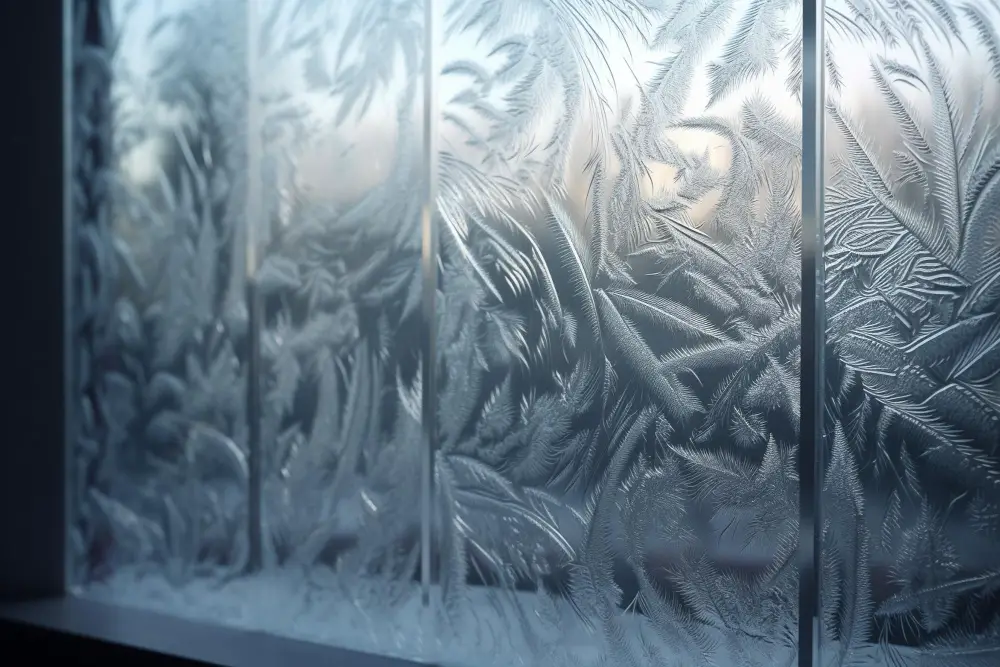
Start by examining the amount of sunlight your home receives daily, as larger amounts of sunlight require a higher grade of heat blocker.
Consider your aesthetic preferences; while some blockers are near invisible, others have a tint.
Take note of local climate as temperature variations also affect the blocker type to choose.
Remember that certain blockers not only counter heat, but also harmful UV radiation – consider the location and type of windows in your home as these could influence the kind of window heat blocker required.
Calculate your budget – cost effective options are available, alongside higher-end ones that provide additional features like glare reduction.
Check for any homeowner regulations which may still dictate the type of window treatments permitted, specifically for visible window tints.
If DIY installation seems challenging, consider professional installation costs as well.
Finally, read the product and vendor reviews before purchasing. A well-established brand with high customer satisfaction is likely to provide a reliable product.
Before finalizing the purchase, ensure that the window heat blocker is durable and easy to clean. Poor longevity and hard-to-maintain products can increase the overall cost.
How to Install a Window Heat Blocker
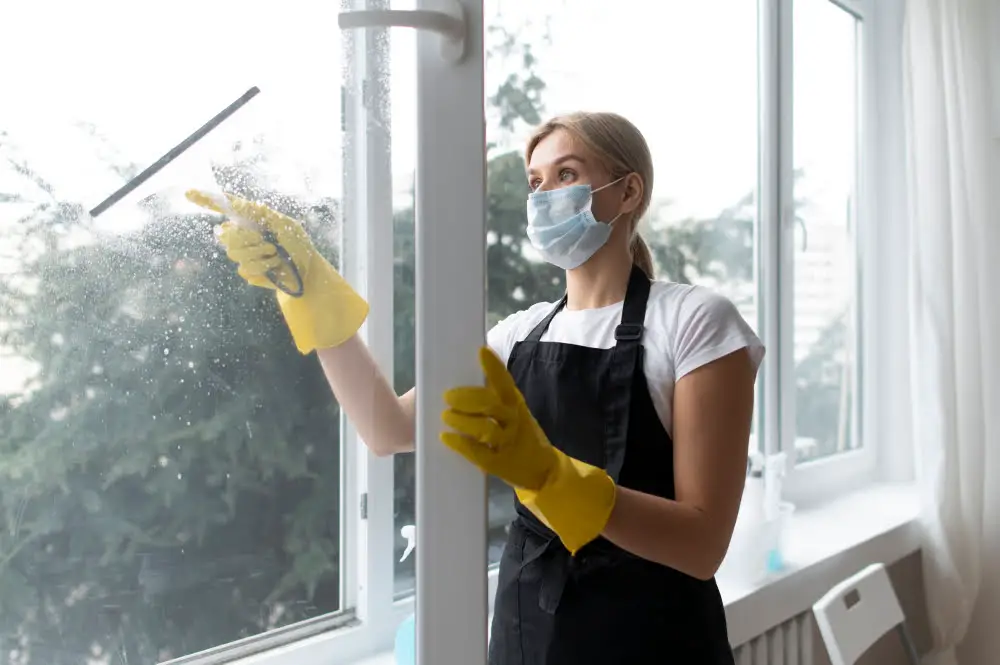
Begin the process by thoroughly cleaning your window. This ensures there are no dust or oil particles that could hinder the adherence of the heat blocker.
Measure the window dimensions carefully. You’ll be cutting your heat blocker to size, and accurate measurements are crucial to a neat fit.
Next, cut the heat blocker according to the measurements. It’s often a good idea to add an extra inch on each side to allow for minor errors.
Once you’ve cut the blocker, remove the adhesive backing. Apply the blocker slowly to the window, from top to bottom, smoothing out any bubbles as you go.
For those stubborn bubbles that don’t smooth out, a simple trick is to puncture them with a pin and then flatten.
Finish the installation by trimming the excess material around the edges. Use a utility knife for a clean, sharp cut.
In a few simple steps, your window heat blocker is on and ready to shield your home from unwanted heat and glare.
Maintaining Your Window Heat Blocker
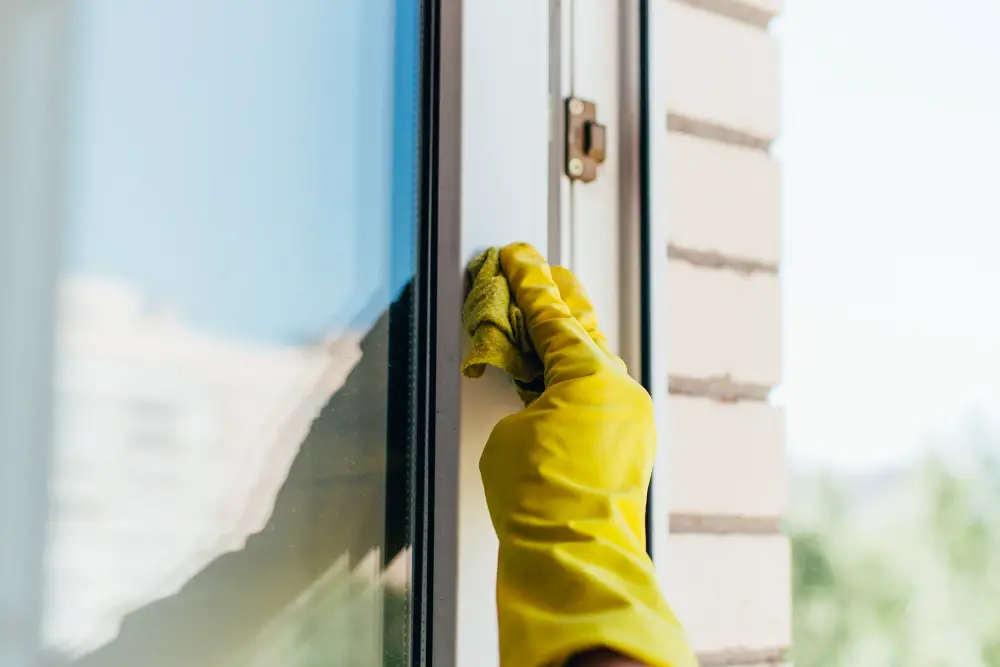
Once installed, your heat blocker will be exposed to the elements on a daily basis, so it’s essential to know how to maintain it properly to preserve its efficacy.
First and foremost, always stick to manufacturer’s instructions when cleaning your heat blocking film. A wrong cleaning product can lead to scratches, or worse, damage the film’s barrier.
Use a soft, lint-free cloth for cleaning the window surface. A microfiber cloth typically works best. Hard or abrasive cloths can result in fine scratches on the film.
Avoid cleaning the film in direct sunlight or when the window is hot, as this can cause the cleaning solution to dry quickly and leave streaks.
Stick to using soapy water or specialized window film cleaner that is ammonia-free when cleaning your heat blocking film. The strong chemicals in standard glass cleaners can strip away the film’s effectiveness.
When applying cleaning solution, ensure you spray gently and evenly. Too much force can dislodge the film from the window’s surface.
Avoid using dirty or contaminated squeegees to prevent unnecessary scratches to the heat blocking film. Always make sure your squeegee is clean and has no sharp edges.
Remember to clean both sides of the window. Although the outer side doesn’t have the film, it’s important to have a clean and clear view through your window.
Humid environments may cause condensation, so ensure the window area is adequately ventilated to prevent moisture build-up on your heat blocking film.
By adopting these easy methods, you can ensure the longevity and efficiency of your window heat blocker.
Where to Purchase Window Heat Blockers: Fast Delivery and Pick Up Options

Window heat blockers are widely available at home improvement retailers, such as Home Depot and Lowe’s. They also carry a significant presence online through Amazon and eBay. Even a general search online might land you some good deals from individual brands’ websites.
For fast delivery, Amazon Prime offers two-day shipping for most products. If you require your heat blocker on a tighter schedule, look for sellers that provide next-day delivery.
Alternatively, if you prefer to physically inspect the product before buying, opting for a curbside pickup or an in-store pickup might work best for you. Retailers like Lowe’s and Home Depot offer convenient services where you can order online and pick up the goods at the store, often on the same day.
The perks of online shopping are that you can take advantage of buyer reviews and ratings when selecting a window heat blocker. This way, you’re not just buying a product; you’re getting insights from other people who have used it.
Remember, delivery times differ depending on your location, the seller’s location, and the time and day of the week you place your order. Always check these details while placing your order and if possible, opt for sellers that have a return policy. This will help safeguard your purchase.
Keep in mind that packing and unpacking heat blockers should be done with care to prevent damage. Ensure that the package is handled and stored appropriately to keep it in the best possible condition.
Review Ratings: Choosing the Best Window Heat Blocker

To identify the most effective window heat blocker for your needs, consider these guiding steps:
Consult user reviews. These can provide valuable insight about the product’s performance, ease of installation, and durability.
Check the product’s rating. A higher rating indicates greater customer satisfaction. Look for products with at least four stars and lots of reviews for a reliable quality indicator.
Be cautious of too-good-to-be-true reviews. Look for detailed and balanced critiques, which tend to be more factual and credible, rather than over-the-top praise or criticism.
Consider professional ratings from trusted sources in the industry. These experts evaluate products with a trained eye, putting multiple brands and models through rigorous testing.
Look at the manufacturer’s history and reputation. Brands with a longstanding reputation in the industry are more likely to produce higher quality window heat blockers.
Lastly, try to match the usage stories in the review with your own living situation. This can help identify if the product will work for you as it did for others.
Windows Film Type: Decorative Vs Heat Blocking
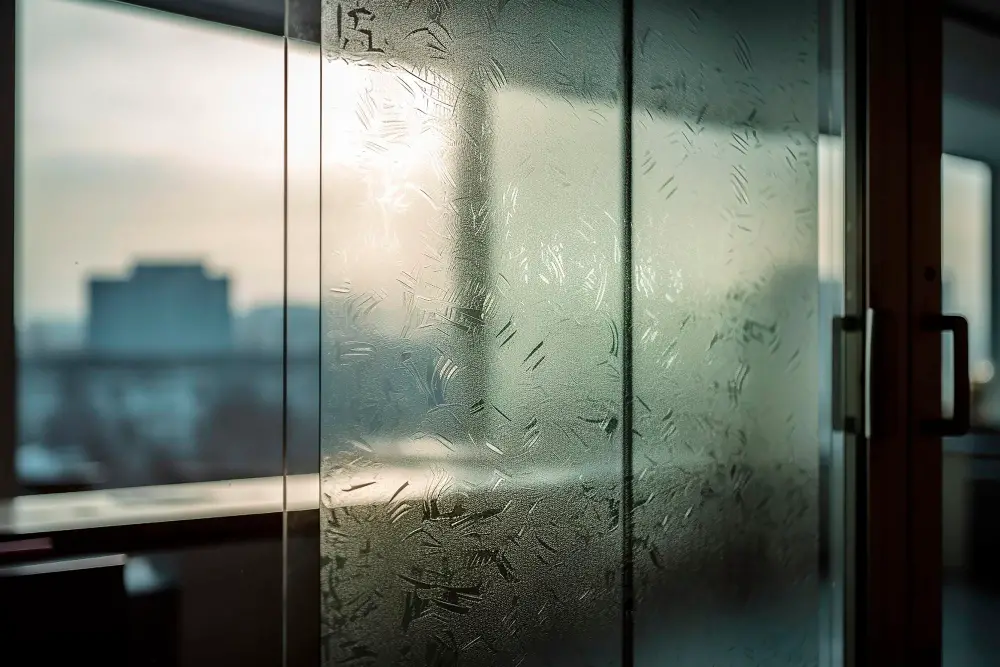
Decorative and heat-blocking window films tend to serve different purposes. It is essential to differentiate between the two to make an informed decision.
Decorative films are mainly used to enhance the aesthetics of your windows. They come in various designs, patterns, and colors – allowing for a personal touch to your interiors. A key function is to offer a level of privacy during the daytime without blocking the view. However, they are less effective at controlling heat gain or loss.
Heat-blocking films, on the other hand, focus on improving a home’s energy efficiency. They act as a shield to prevent harmful UV rays and excessive heat from penetrating, effectively keeping the interiors cool. Their primary purpose is not to beautify your windows but to propose functional and cost-saving benefits.
While both types function to filter light and provide privacy, their components and design objectives differ. For homeowners deciding between decorative and heat-blocking films, consider what takes precedence – upgrading your room’s aesthetic appeal or enhancing your home’s energy efficiency?
When making your selection, consider the following:
- Assessing your specific needs and preferences
- Considering the design and function of the window space
- Checking the quality and durability of the film
- Comparing costs of different options
- Consulting a window film professional for customized advice
Selecting the Right Heat Blocking Window Film Dimension for Your Window
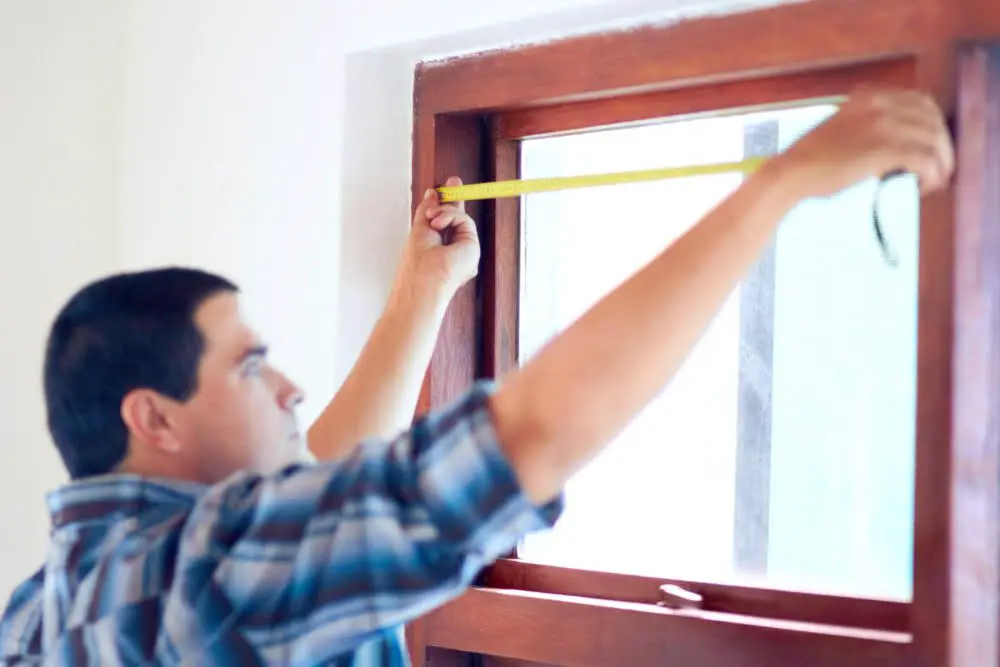
Consider the size of your window. Accurate measurements are crucial. Use a metal tape measure for precision. Record the width from left to right edge, and the height from top to bottom edge. If your window is irregularly shaped, account for the unique dimensions.
Choose a film larger than the actual window. This ensures full coverage. Trimming excess material is possible, too short is problematic.
Think about pre-cut or rolled film options. Pre-cut films can save time as they’re cut to standard window sizes. However, they may not fit all window types exactly. Rolled films offer more flexibility. You can cut them to any dimension, suitable for irregular windows.
Remember that the installation process may require a little extra material. When you apply the film, some trimming and adjustments are likely needed. A small surplus of film can accommodate this requirement.
Ensure alignment before trimming. Proper alignment ensures that the film covers the window surface completely. Check each edge of the window before starting to trim.
Purchase additional film for any potential mistakes. Especially if it’s your first-time installation, having extra film is beneficial in case of errors during the application process.
FAQ
What can I put on windows to keep heat out?
To keep heat out, consider installing cellular or honeycomb shades, which effectively trap air, minimizing solar heat gain, and you may further enhance their functionality with side tracks that ensure the shades sit closer to the window for added heat blockage; also, do consider the color of your shades as it can influence the amount of heat absorbed or reflected.
What is the best material to block heat?
The best material to block heat is Aerogel due to its superior insulation properties.
Does window film help keep heat out?
Yes, window film effectively keeps heat out by reflecting or absorbing the sun’s rays, which not only results in a more comfortable indoor environment but also reduces energy costs by diminishing the need for air conditioning.
Can thermal curtains effectively reduce heat from windows?
Yes, thermal curtains can effectively reduce heat from windows by acting as a barrier to heat transfer.
How beneficial is low-E glass in minimizing heat gain?
Low-E glass is highly beneficial in minimizing heat gain as it is specifically designed to reflect infrared light, thereby reducing the amount of heat entering a home.
Can exterior window shades contribute to heat loss prevention?
Yes, exterior window shades can contribute to heat loss prevention by providing an extra layer of insulation, preventing heat transfer through the window.
Recap
